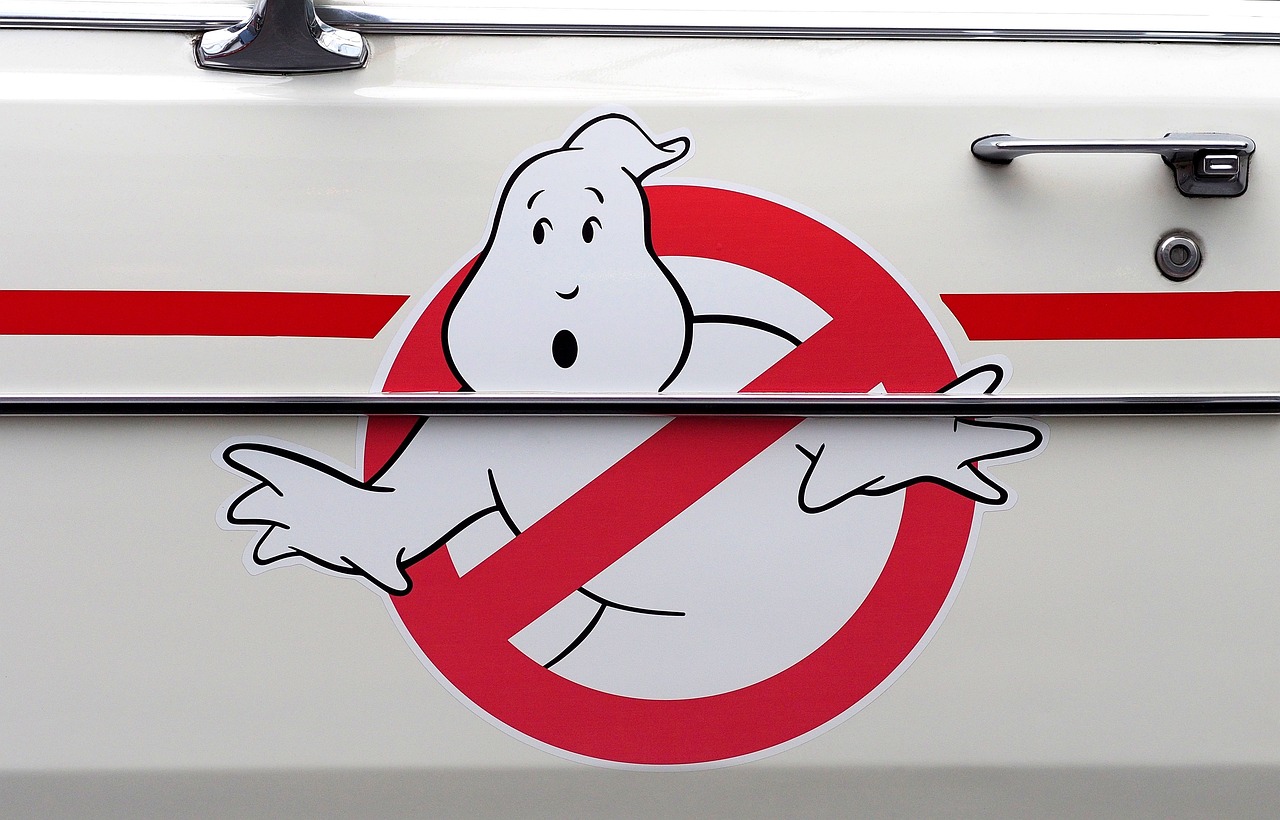The Art of Symbolism: How to Embed Your Brand's Story in Your Logo

In the vast ocean of brands, a logo acts as a beacon that communicates the essence of your brand to the world. It's more than just a visual mark; it's a compact narrative, encapsulating your brand's values, mission, and story. The art of embedding your brand's story into your logo is a meticulous blend of creativity, strategy, and symbolism. This article delves into the nuanced process of incorporating meaningful symbolism into your logo design, ensuring it resonates with your audience and stands the test of time.
Understanding Symbolism in Logo Design
Symbolism, in the context of logo design, refers to using images, colors, shapes, and fonts to convey deeper meanings and associations. These elements, when skillfully combined, can tell the story of your brand without words, evoking emotions and creating a lasting impression on your audience. The key to effective symbolism is understanding the psychological impact of these elements and how they align with your brand's core identity.
Crafting Your Brand's Narrative
Before diving into design, clarify your brand's narrative. What is the story you want to tell? Consider your brand's origins, its mission, values, and the emotions you wish to evoke in your audience. This narrative will be the foundation of your symbolic logo, guiding the choice of every element and ensuring that the logo truly reflects what your brand stands for.
Choosing the Right Symbols
Selecting appropriate symbols is crucial in conveying your brand's story. These symbols should be deeply connected to your brand's essence and able to communicate your message at a glance. For instance, a tree might symbolize growth, nature, or life, making it suitable for brands related to sustainability, wellness, or family services. Conduct thorough research to ensure the symbols resonate with your target audience and are culturally appropriate.
Color Psychology in Symbolism
Colors are powerful symbolic tools in logo design, each carrying its own set of emotions and associations. The colors you choose should align with the feelings you want to associate with your brand. For example, blue often represents trust and stability, while yellow can evoke feelings of joy and energy. The right color palette can enhance your logo's symbolism, making the brand's story more palpable and relatable.
Shape and Form: Conveying the Right Message
The shapes and forms used in your logo also carry symbolic weight. Circles can represent unity, completeness, or eternity, making them ideal for brands that emphasize community, wholeness, or timelessness. Angular shapes, like squares or triangles, can convey stability, balance, or dynamism. The form of your logo should complement the overall story you're trying to tell, subtly reinforcing the brand's message through its structure.
Typography as Symbolic Expression
The choice of typography in your logo is another critical element of symbolic design. Each font style carries its own personality — serif fonts can evoke tradition and reliability, while sans-serif fonts are often seen as modern and clean. The right typeface should not only be legible and scalable but also reflective of your brand's character, enhancing the story you wish to convey through your logo.
Balancing Simplicity with Complexity
The most compelling logos strike a balance between simplicity and complex symbolism. A logo should be simple enough to be memorable and scalable, but complex enough to embed your brand's story. It's a delicate balance — the logo should intrigue and invite the audience to learn more, without overwhelming them with overly intricate details.
Testing and Feedback
Once you've designed a logo that embodies your brand's story through symbolism, it's crucial to test it. Gather feedback from a diverse group of people, including your target audience, to see if the symbolism is clear and the story resonates. This feedback can provide invaluable insights, helping you refine the logo to better convey your brand's narrative.
Evolving Your Logo Over Time
Remember, a brand's story might evolve, and so might its symbolic representation. Be open to revisiting and potentially revising your logo as your brand grows and changes. The core story may remain the same, but the way you tell it through your logo might need adjustments to stay relevant and resonant with your audience.
Conclusion
Your logo is the silent ambassador of your brand, speaking volumes through its symbolism. Embedding your brand's story into your logo is a profound way to connect with your audience, build brand loyalty, and stand out in a crowded marketplace. By thoughtfully choosing symbols, colors, shapes, and typography that align with your brand's core narrative, you create not just a visual mark but a lasting emblem of your brand's identity and values. Remember, a well-crafted symbolic logo is a powerful tool in the art of storytelling, weaving together imagery and emotion to create a lasting bond with your audience.